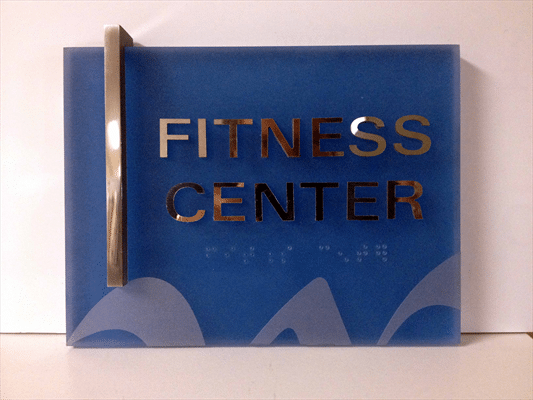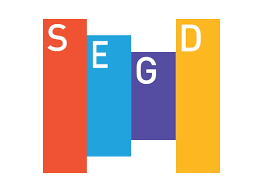Secrets of Successful Wayfinding Signage
OthersEach of us has probably encountered this basic experience: you enter a building for the first time, and you find navigation difficult. You can’t easily get oriented, and so you can’t easily find the place you’re trying to go.
This happens so often because interior wayfinding signage is one of the most complex tasks a signage company can face. Sure, you can provide maps and arrows, but it’s still tricky to make them clear and easy to follow.
Happily, the rewards of a successful interior wayfinding signage program are immense: there’s not only great utility, but great pleasure in providing visitors with well-designed wayfinding signage that unravels the complexities of a shopping center, hotel, office building, hospital, or campus.
As sign professionals, we have been schooled in the principles of effective interior wayfinding design, which we like to summarize in a series of simple, practical suggestions:
1. Start with the “big picture.” It’s important to grasp the overall design and flow of the building or complex requiring wayfinding signage, including where people are likely to enter and exit, and what destinations they will aim for. Restrooms, exits, stairs and elevators are key elements in any wayfinding signage plan. Even more important are the major and minor “decision points,” where people will make choices about where to go next. Only when you understand the big picture, do you have the basis on which to develop an effective wayfinding signage program.
2. Go for simplicity. Long-winded explanations will not be read or followed. Instead, you want wayfinding signs to be short, clear, and to the point. Each message should be conveyed by means of a few words, a pictorial symbol, and/or a directional arrow.
3. Test the signage program during construction, when possible. There’s no substitute for group cooperation and shared thinking, so we like to put up paper versions of our wayfinding signs as early in the process as we can. Then we invite construction workers, delivery people, and other visitors to pencil in additions, corrections, or ideas as they find their way around. Many of these comments actually get incorporated into the final wayfinding signage program.
4. Adjust the wayfinding information to suit the users. When people are in a hurry, under stress, or involved in conversations, they don’t want to take the time to puzzle out the meanings of your wayfinding signage. That’s why it’s important to use consistent, unambiguous wording and symbols that visitors are likely to expect and understand.
5. Organize the information in some useful way. Many decision points need to provide information on multiple destinations, so it’s crucial to minimize visitors’ time and effort in finding what they need to know. Depending on specifics, wayfinding information might best be organized alphabetically, or from the closest destination to the farthest, or directionally – with all of the left arrows together, followed by all the right arrows.
6. Exit routes matter, and not just for evacuation in emergencies. Think about it: every visitor who enters will later want to leave. Wayfinding signage pointing to individual exits is instrumental in helping people find their preferred points of departure.
7. Lighting also counts. Materials that look good in soft conference room lighting may not work so well in dim hallways or in the glare of full sunlight. Reflective materials, ror example, work best when the sign is purposely illuminated.
Of course, these few guidelines just skim the surface of all that needs to be considered in developing effective signage programs. If you face a wayfinding challenge, we hope you’ll ask us to join your team and help develop a solution that works well and makes you feel proud. We’re available at 978-851-2424.

